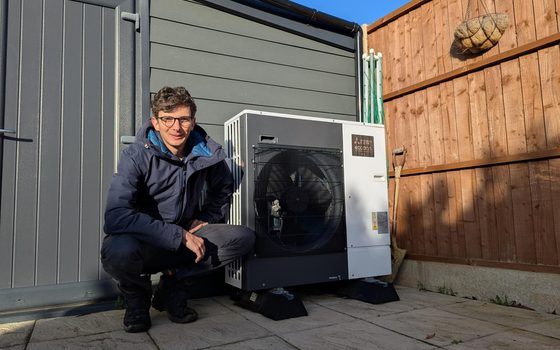One classroom worth of homeless children for every primary school in Southwark
Number of children in temporary accommodation in Southwark rose by 77% in four years
20 August 2025
For every primary school in Southwark there is one class worth of homeless children, as 5.75% of children in the borough now live in temporary accommodation, according to a new report from the New Economics Foundation (NEF).
NEF analysis found that between 2020 and 2024, the number of children in temporary accommodation in Southwark rose by 77%, from around 1,900 to 3,500 children. This is a much faster increase than the 25% rise seen across England, and is being driven by a chronic shortage of affordable homes across London.
The research, which includes interviews with professionals working in housing, education, health, and the legal sector in Southwark, highlights the wide-ranging harms experienced by children in temporary accommodation, including mental health problems, malnutrition, and difficulties in school. Interviewees drew attention to how poor conditions and the inherent instability of temporary accommodation were causing exhaustion, fear and anxiety in children in the borough.
Despite the existence of legal duties for local authorities to protect children in temporary accommodation, the report reveals how vulnerable children are falling through gaps in services.
A lack of communication between schools, the healthcare system, and social care means vital information about the health and wellbeing of children in temporary accommodation is being missed. Meanwhile, a complex legal system makes it difficult for parents to challenge decisions if their child is suffering as a result of the conditions of their temporary accommodation. This means children’s needs go unmet and harm to their mental and physical health is worsened further.
Hollie Wright, researcher, New Economics Foundation, said:
“The damage living in temporary accommodation inflicts on children’s physical and mental wellbeing is well-documented. But this harm is further exacerbated when services are stuck operating in silos and legal duties to protect children are not meaningfully fulfilled. Cash-strapped local councils are struggling to meet the housing needs of families. We need intervention from national government to deal with this crisis. But in the meantime, there are steps that local authorities like Southwark can take to protect children in temporary accommodation.”
To increase the protections for children in temporary accommodation, the report recommends a “duty to communicate” which would mean services like housing, health and social care would have to communicate when placing children in temporary accommodation, and a dedicated role or team in local authorities to provide families with a single point of contact when navigating temporary accommodation.
ENDS
Notes
The full report Nowhere to grow will be available here: https://neweconomics.org/2025/08/nowhere-to-grow from 00.01 on 20 August.
Figures on children in temporary accommodation (TA) are drawn from official government statistics (MHCLG Statutory Homelessness Live Tables), supplemented by ONS population estimated DfE school census figures and NEF calculations.
Research draws on 12 qualitative interviews with parents, housing solicitors, clinicians, local authority staff, and education professionals.
Southwark was used as a case study; interviews were conducted remotely and thematically analysed by the lead researcher.
Topics Housing & land






